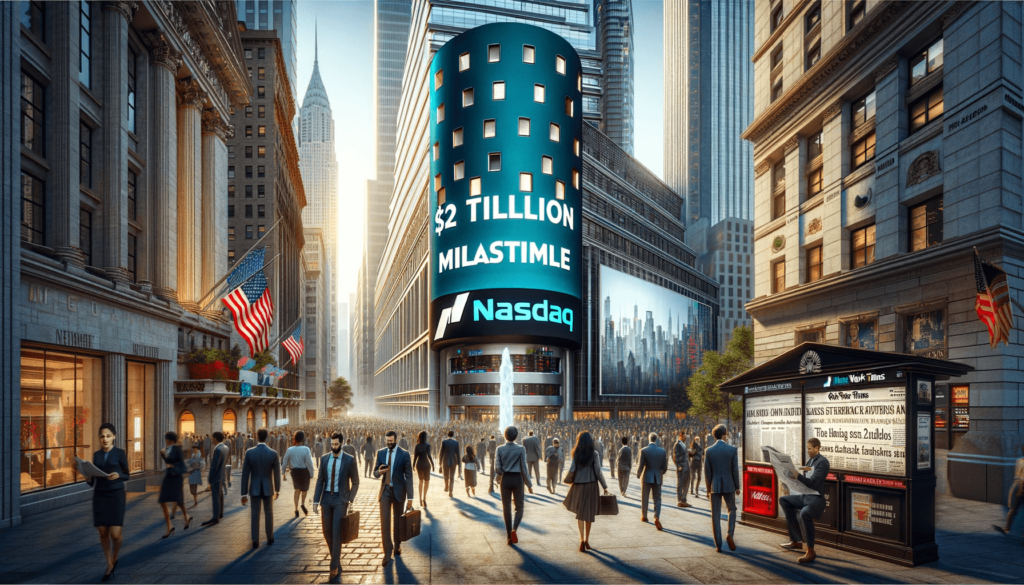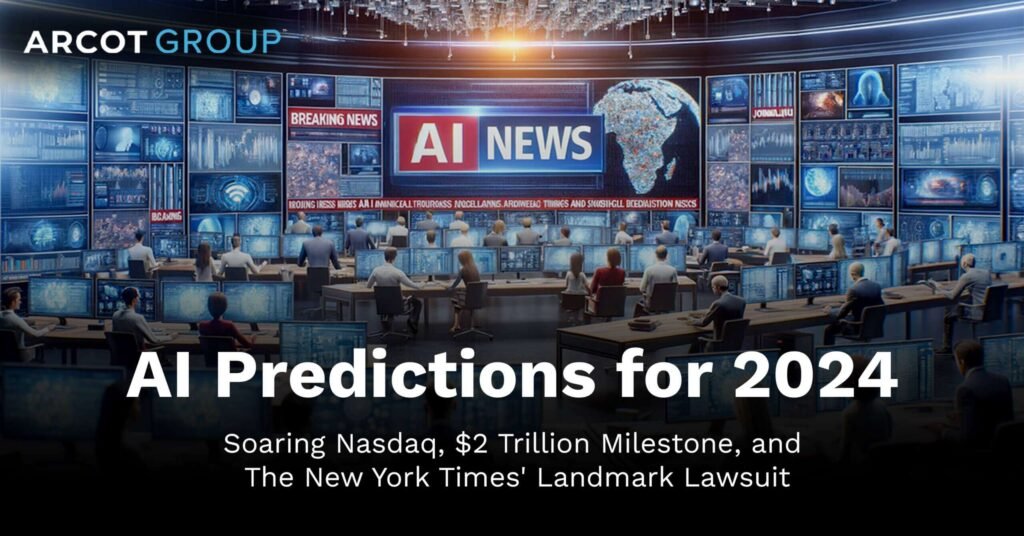Artificial Intelligence, Machine Learning in finance carry potential risks

Daily AI News: The Reserve Bank of India (RBI) has acknowledged the significant efficiency improvements, enhanced client interfaces, boosted forecasting accuracy, and strengthened risk management and compliance achieved through the rapid adoption of Artificial Intelligence and Machine Learning (AI/ML) in the financial sector. However, the RBI also highlights the potential risks associated with this technological advancement.One of the primary concerns raised by the RBI is the risk of embedded biases in AI and ML systems, which can lead to a lack of transparency in decision-making processes. This issue is particularly relevant when these technologies are applied in critical financial areas such as credit underwriting and risk assessment. The RBI stresses the importance of using diverse, extensive, and accurate data sets to develop algorithms, ensuring they are free from prejudices and capable of meeting high underwriting standards without discrimination.
Another significant risk identified is the potential for AI and ML technologies to introduce new systemic risks that could threaten financial stability.To mitigate these risks, the RBI emphasizes the need for a balanced approach that involves strengthening the capacities of regulated entities, enhancing oversight, updating legal and regulatory frameworks, engaging with stakeholders to identify risks, and expanding consumer education. In the realm of model-based lending, the RBI notes the growing collaboration between banks, non-banking financial companies (NBFCs), and fintech companies. While this has led to innovative lending models, the RBI cautions against over-reliance on pre-set algorithms. It advises banks and NBFCs to ensure that these models are robust, tested regularly for resilience, and monitored for any undue risk buildup due to information gaps, which could lead to a dilution of underwriting standards.
Furthermore, with the integration of new technology, the RBI acknowledges the increased risks of fraud and data breaches. These risks necessitate concerted efforts from all stakeholders, including regulators, banks, and customers, to protect the financial system. The RBI commits to continuously updating regulations to safeguard customers while fostering innovation.In summary, while AI and ML technologies offer significant benefits to the financial sector, the RBI underlines the importance of addressing the associated risks, particularly concerning data integrity, systemic stability, and ethical considerations, to ensure these technologies are utilized effectively and responsibly. SOURCE
History Says the Nasdaq Could Soar in 2024

Daily AI News: The Nasdaq Composite, known for its tech-heavy composition, experienced a significant decline of 33% in 2022, its worst performance since the 2008 Great Recession. However, 2023 marked a remarkable recovery, with the index rising by 44%. Historical trends suggest that this upward trajectory could continue into 2024. Typically, following a year of double-digit declines, the Nasdaq has seen an average return of 16% in the immediate following year and 15% in the year after. This positive outlook is particularly relevant for tech giants Amazon (NASDAQ: AMZN) and Alphabet (NASDAQ: GOOGL) (NASDAQ: GOOG), which are poised to potentially join Apple and Microsoft in the exclusive $2 trillion market capitalization club by the end of 2024. Amazon, with a current market cap of $1.6 trillion, would need a 25% increase to reach this milestone. Alphabet, at $1.8 trillion, requires an 11% rise. Both companies have shown strong performance in 2023, with Amazon and Alphabet stocks returning 82% and 60%, respectively.
Amazon’s potential growth is underpinned by its dominance in e-commerce digital advertising, and cloud computing. Particularly notable is Amazon Web Services (AWS) the leader in cloud infrastructure and platform services (CIPS) which is poised to benefit significantly from investments in artificial intelligence (AI). AWS’s new services like Bedrock and CodeWhisperer, focusing on generative AI applications and AI-enhanced coding productivity respectively are expected to further solidify its market position.Alphabet, through its subsidiary Google, continues to be a dominant force in digital advertising and cloud computing. Google’s vast data collection capabilities, thanks to its extensive suite of popular products, make it a critical player in ad tech. Furthermore, Google Cloud Platform’s growth in the CIPS market, bolstered by its AI News expertise, positions it well for future expansion. Alphabet’s integration of generative AI capabilities into Google Ads and Vertex AI further demonstrates its commitment to leveraging AI for growth.Both Amazon and Alphabet are set against a backdrop of increasing digital ad spending and cloud computing market growth forecasting sustained revenue increases. Their current valuations 2.9x sales for Amazon and 6.2x sales for Alphabet, are seen as reasonable by analysts, suggesting these stocks are attractive for long-term investors. While historical performance doesn’t guarantee future results, the data-driven growth trajectories for both companies signal a strong potential for them to reach the $2 trillion valuation mark. SOURCE
The New York Times sues artificial intelligence companies

Daily AI News: The New York Times is taking a legal stance against artificial intelligence companies, including OpenAI and Microsoft, for using its journalistic content to train chatbots. Filed in a Manhattan federal court, the lawsuit asserts that these companies are jeopardizing the Times’ revenue by replicating its articles, sometimes verbatim, to train AI models like OpenAI’s ChatGPT. The lawsuit highlights a growing concern in the media industry, already strained by the shift to digital platforms. The Times contends that AI chatbots, trained with content from various sources including news articles, pose a competitive threat. These AI systems, while improving in language and grammar capabilities, have been known to make errors, such as falsely attributing product recommendations from the Times’ Wirecutter site, potentially harming the newspaper’s reputation. OpenAI, backed significantly by Microsoft with an investment of at least $13 billion since 2019, has not commented on the lawsuit. This legal action is part of a rising trend of copyright infringement cases against OpenAI, with several authors claiming their works were used without permission to train AI models. The Times’ lawsuit is focused on the use of its content by AI tools developed by OpenAI and Microsoft, which the newspaper alleges closely summarize, mimic, or even directly copy its material. The lawsuit cites instances where GPT-4 outputted significant portions of Times articles, including a Pulitzer-Prize winning investigation. The Times seeks damages and a court order for the tech companies to delete any AI models or datasets incorporating its work.
This lawsuit underscores the impact of AI on web traffic and consequent revenue streams for news organizations. The Times argues that AI-generated content diverts traffic away from original sources, reducing clicks on affiliate links and advertising revenue. The case is drawing attention from the wider news industry, with the News/Media Alliance supporting the Times’ action. The alliance emphasizes that while quality journalism and generative AI could be synergistic, using journalism without permission violates copyright laws. In contrast to this lawsuit, OpenAI has formed partnerships with other news organizations like The Associated Press and Axel Springer, licensing their content for AI training purposes. These collaborations include attributions and links to original articles, suggesting a potential model for legally compliant AI training with news content. The lawsuit by the New York Times is likened to the landmark copyright case against Napster two decades ago, which transformed the music industry. The outcome of this case could similarly have significant implications for the use and development of AI in relation to copyrighted digital content. SOURCE
Filed in Manhattan Federal Court, the lawsuit does not specify a particular sum for damages. However, The New York Times asserts that the infringement by OpenAI and Microsoft could potentially amount to billions of dollars in damages. Despite this, OpenAI has expressed surprise and disappointment over this legal move, noting their ongoing, constructive discussions with The New York Times and their commitment to working with content creators to navigate the new landscape shaped by AI technology. This lawsuit is part of a broader trend, as several other generative AI companies, including Meta Platforms and Stability AI, are also facing similar legal challenges. In September, a group of prominent U.S. authors, including George R.R. Martin, John Grisham, and Jodi Picoult, joined a class-action lawsuit against OpenAI. They allege that their books were used without permission to train ChatGPT, thereby infringing on their copyrights. In defense, OpenAI has previously argued in court that using copyrighted material for AI system training constitutes fair use. However, none of these allegations have yet been proven in court, and the legal debate continues to unfold over the boundaries of copyright law in the age of AI. SOURCE
Conclusion
In conclusion, the rapidly evolving landscape of Artificial Intelligence and Machine Learning, particularly in finance and media, presents a complex tapestry of innovation, opportunity, and significant legal and ethical challenges. The Reserve Bank of India’s acknowledgment of AI/ML’s benefits in finance is tempered by concerns over potential biases and systemic risks, underscoring the need for cautious and informed implementation. Meanwhile, the Nasdaq’s potential surge in 2024, driven partly by AI advancements in tech giants like Amazon and Alphabet, signifies the growing influence of AI in the economic and investment spheres. On the legal front, The New York Times’ lawsuit against OpenAI and Microsoft marks a pivotal moment in the discourse surrounding AI and copyright. This case, alongside similar legal challenges faced by other AI companies, highlights the intricate balance between innovation and the protection of intellectual property. The outcome of these lawsuits could set precedents affecting how AI is developed and used, particularly in relation to copyrighted content. As AI continues to permeate various sectors, it becomes increasingly clear that its integration must be approached with a careful consideration of its potential impacts. This includes not only the technological and economic aspects but also the ethical, legal, and societal implications. As we navigate this new era, the actions taken by institutions, corporations, and regulatory bodies will shape the future of AI, influencing how it benefits society while safeguarding the rights and interests of all stakeholders involved.
For more insights and daily updates on the ever-evolving world of AI, stay informed with Arcot Group, your reliable source for the latest in AI news and developments.
